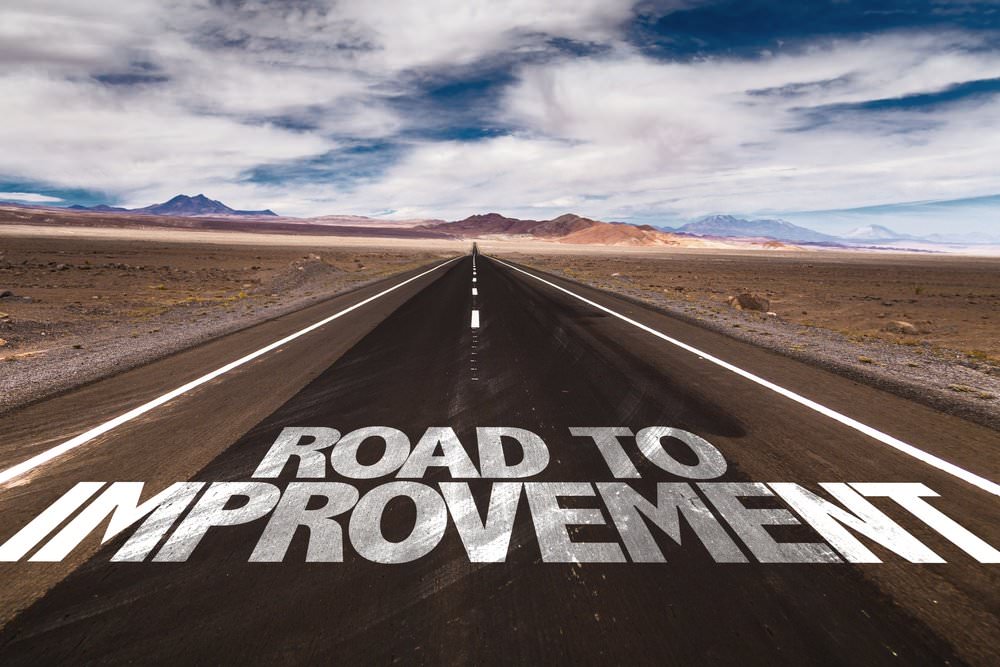This is part 2 of a two-part series. Read part 1 of the series.
 Performance management is an ongoing challenge in most organizations. Managers spend hours huddled over spreadsheets, analyzing employee performance metrics, looking for ways to improve performance and boost production. When mistakes happen – and they do happen – the bulk of the blame is often shoved off onto the employee.
Performance management is an ongoing challenge in most organizations. Managers spend hours huddled over spreadsheets, analyzing employee performance metrics, looking for ways to improve performance and boost production. When mistakes happen – and they do happen – the bulk of the blame is often shoved off onto the employee.
What leaders often fail to acknowledge is their role in the errors. Here are two ways leadership can develop employees for greater performance.
Have Regular Check-ins
According to HR software firm Clear Company, 45 percent of human resource leaders downplay the relevance of annual performance reviews as an accurate reflection of an employee’s work. In fact, feedback as a whole seems to be a problem. One in five employees do not feel that their leadership will provide them with constructive, regular feedback. Some impressive numbers support this. An astounding 43 percent of employees who are highly engaged and effective within their organization receive feedback once a week or more.
Regular and frequent feedback not only allows leadership the opportunity to correct potential errors, it also improves employee efficiency as a whole. This does not have to be one-on-one meetings. Leaders can hold regular check-ins with their team to ensure that each member is aware of his or her role in the various processes. Any uncertainty or signs of doubt in responsibilities should be a red flag, warning that ownership of the role needs to be better explained. This is also a prime opportunity for leaders to praise and encourage employees who are doing well, as well as identify undiscovered strengths in team members. It is the leader’s responsibility to use the time to the best advantage of the team.
Ensure That Task Owners Are Qualified
There are many reasons that the wrong employee may be assigned a task. From a lapse in judgment on the leadership’s part to misrepresentation on the part of employee to lack of adequate training, the reasons are endless. However, how isn’t nearly as important as getting the project back on track as quickly as possible. Unfortunately, this situation usually does not rear its head until a mistake has already occurred. The good news is, leadership that is checking in regularly with their team has a much better chance of catching the mistake early and correcting the issue.
When mistakes happen, the prudent leader will begin assessing each task and the employee assigned to it. It is not uncommon for a failure in one task to result from smaller failures in other tasks, so focusing on just one employee is not wise. All project owners should be called in and evaluated to ensure that each is qualified to manage the tasks that have been assigned to him or her.
Effective employee performance is not something that can be addressed once or twice a year, then forgotten for the rest of the time. Great leaders recognize the need for ongoing, frequent feedback, letting the employee know not only the areas they need to improve or where they are failing, but also in what they are getting right.
The EOS model was built as a framework to help small businesses grow, and uses tools such as “Rocks” and “L10 Meetings” in order to manage accountability and help businesses scale.
Discover more practical help for leading and managing effectively. Download a free chapter of How to Be a Great Boss.
This article originally appeared on the Traction, Inc. blog on December 12, 2016.



